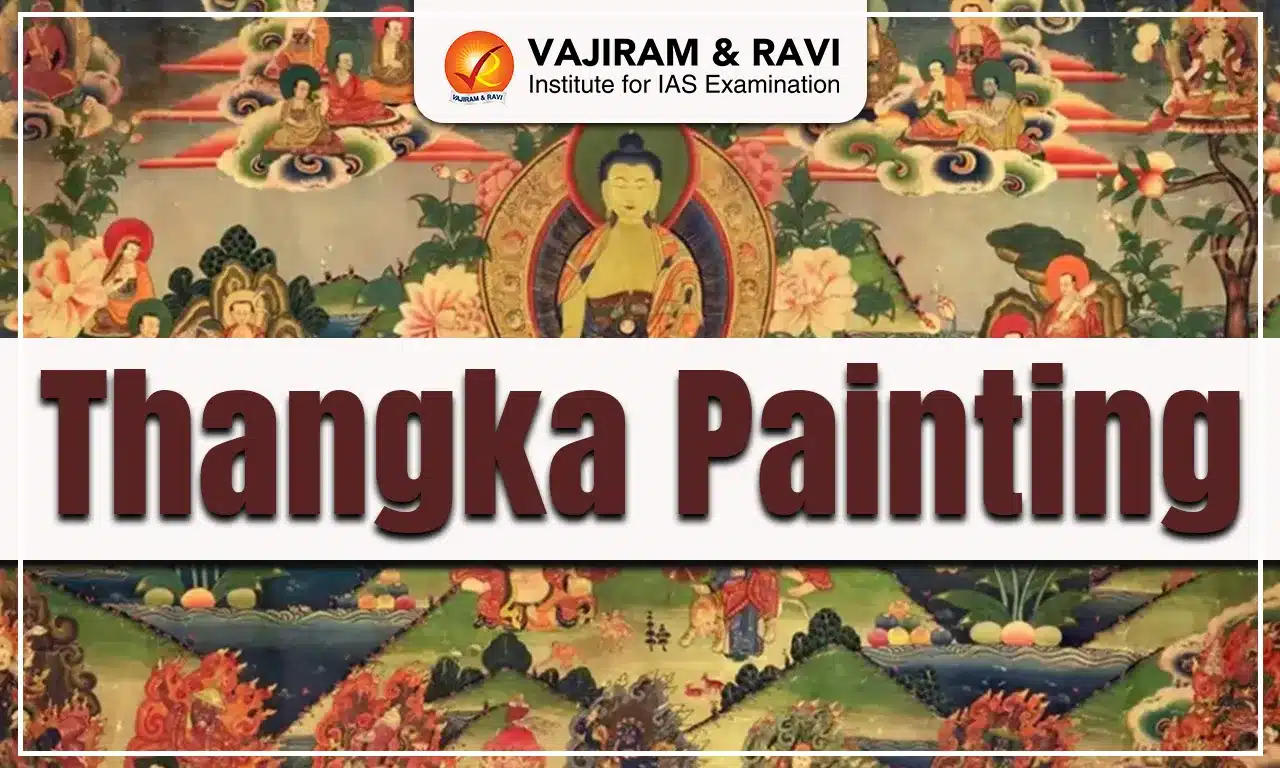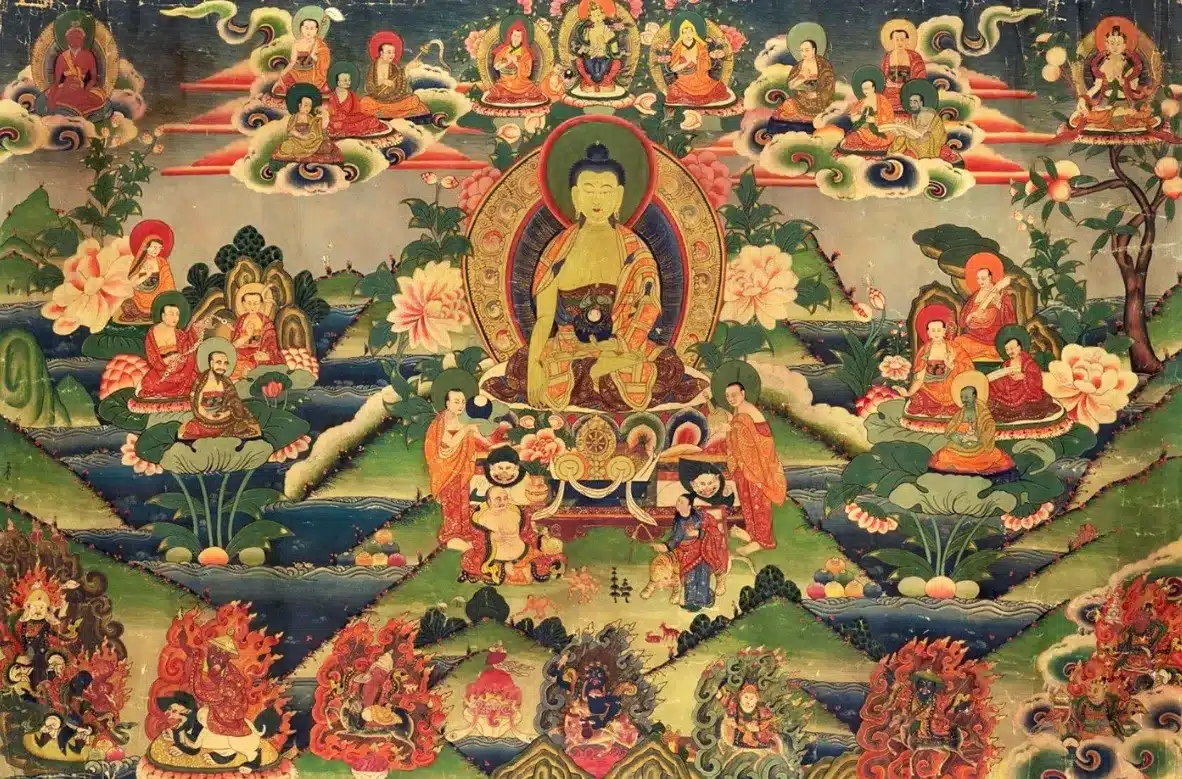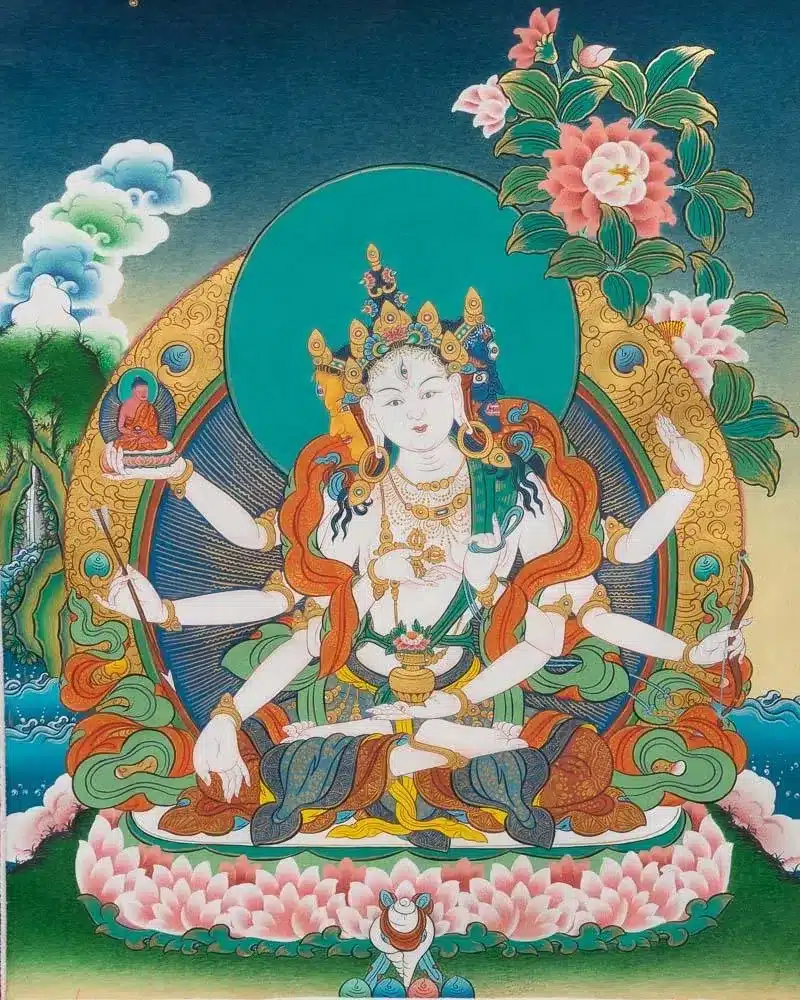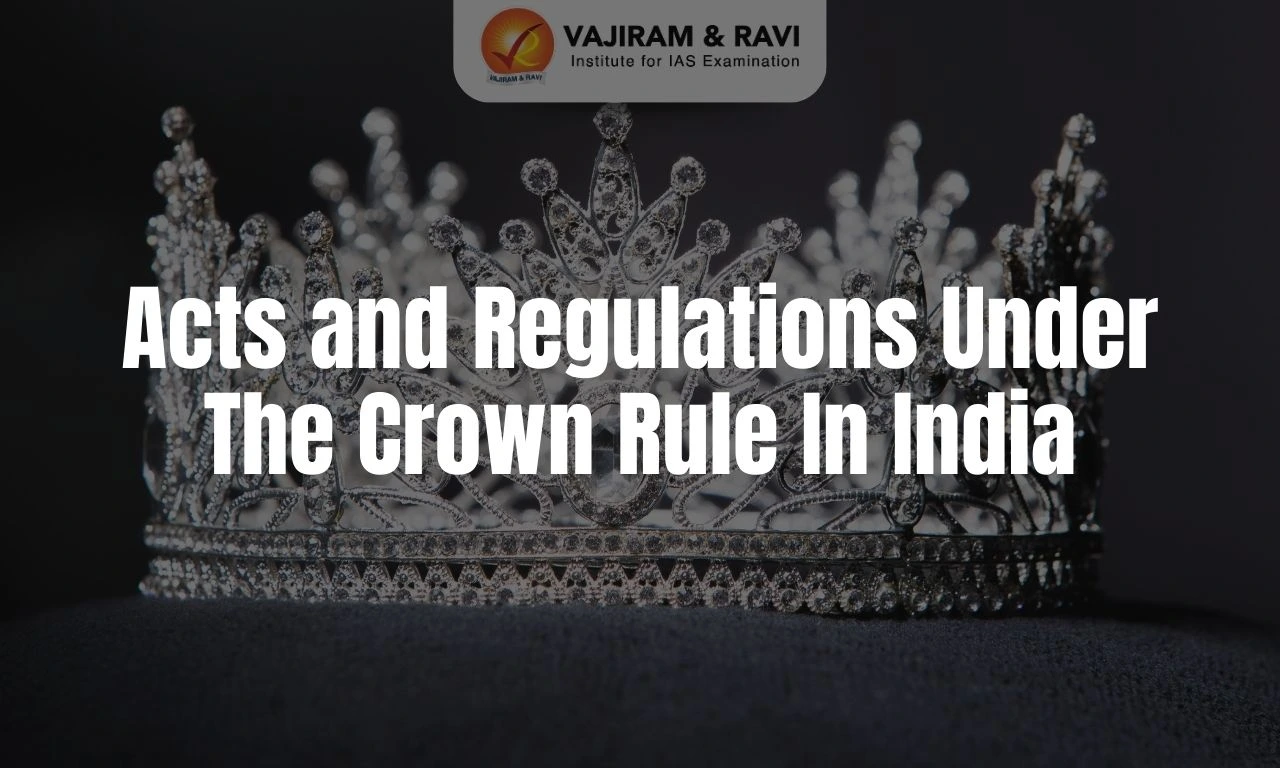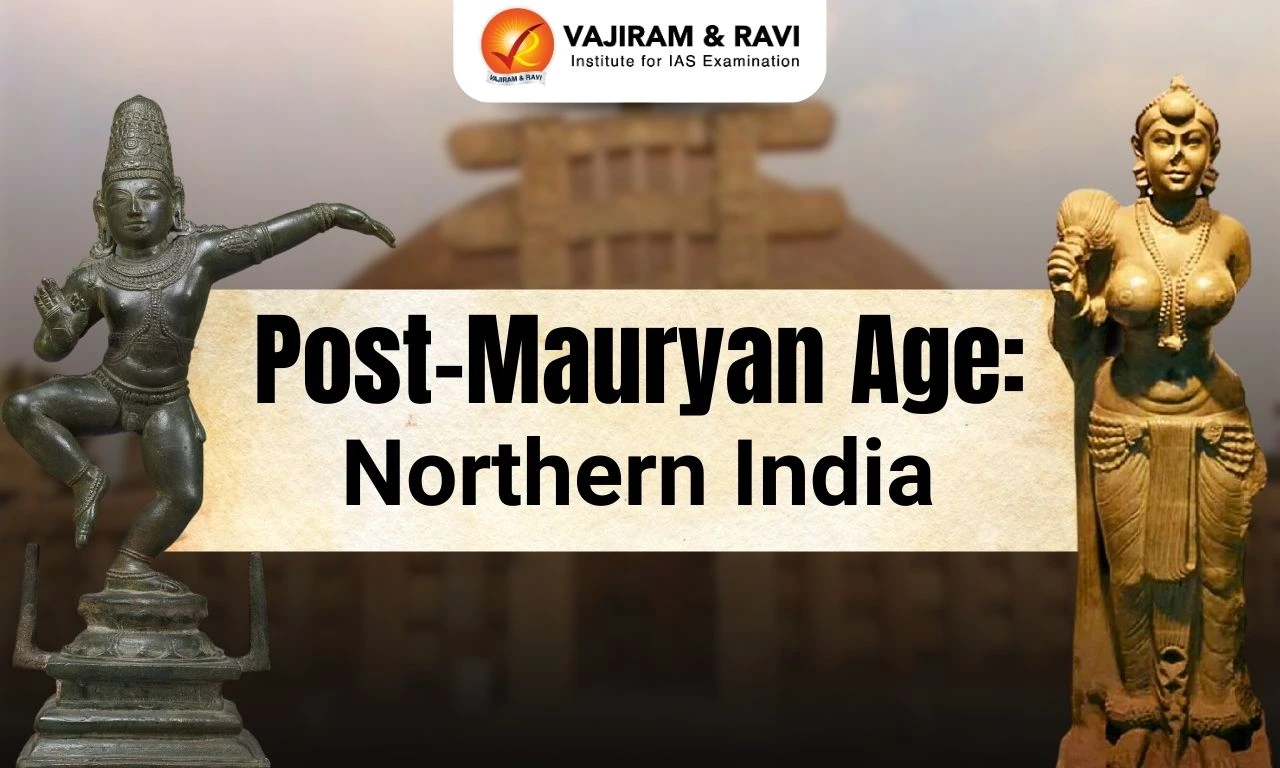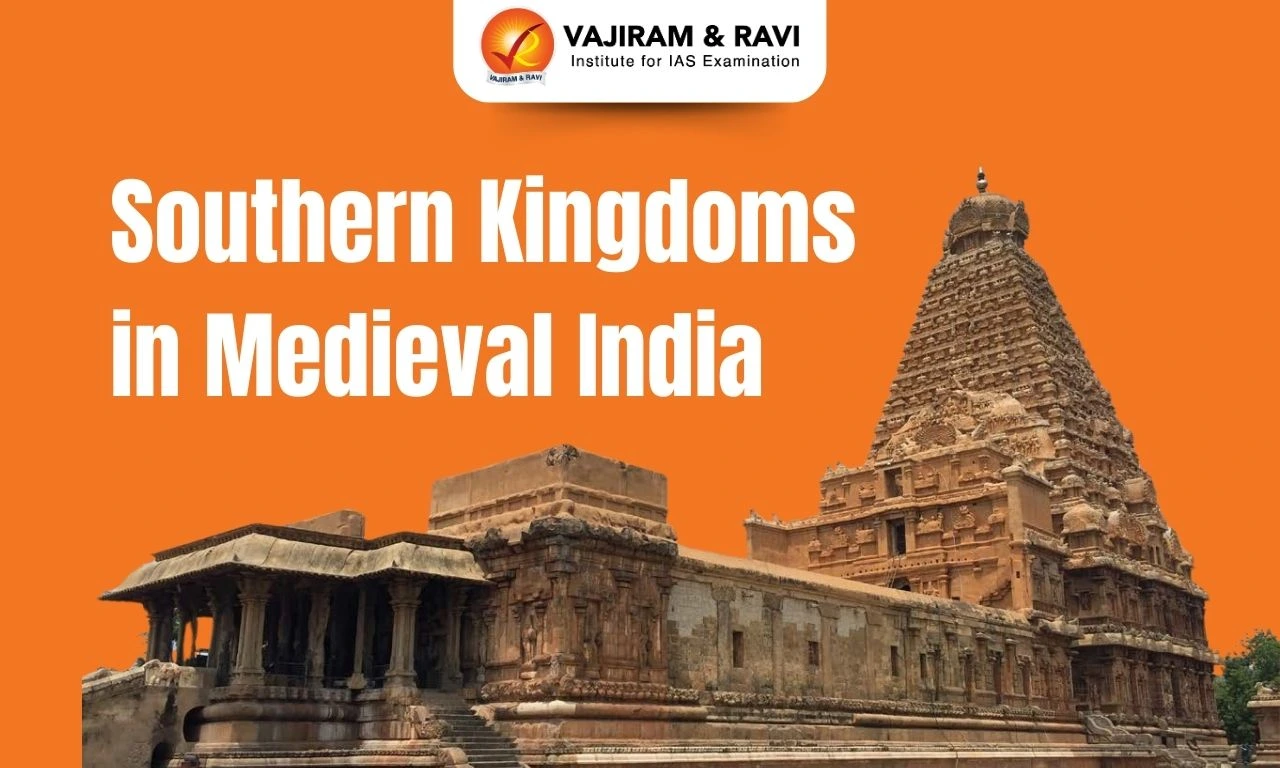Thangka paintings are ancient Buddhist art that originated in the Himalayan and Tibetan regions around the 11th century. In Tibetan 'than' means Flat and 'ka' means Painting. The most common shape of a Thangka is the upright rectangular form which can be rolled up when not required for display.
Thangka painting is hung in monasteries or homes and carried by lamas in ceremonial processions. Buddhist devotees use Thangkas to develop a close relationship with their favorite meditational deity. Thangka painting in India is mainly practised in Ladakh, Sikkim, Arunachal Pradesh, and Himachal Pradesh.
Thangka Paintings History
Thangka Paintings history traces back to ancient Buddhist art in India and China, evolving under Indo-Nepalese and Chinese influences. It spread with Tibetan Buddhism and follows strict iconographic rules rooted in scriptures.
- Origin and History: Thangka paintings originated from the traditions of early Buddhist paintings, like paintings in the Ajanta Caves in India and the Mogao Caves in China.
- The roots of the Thangka painting are found in the Buddhist scriptures also these were made in ancient scriptures, manuscripts, and textiles.
- Global Presence: Thangka paintings were painted in all areas where Tibetan Buddhism flourished, which include Mongolia, India, parts of Russia, and Northeast China.
- Major Areas in India: Thangka paintings are practiced in Sikkim, Arunachal Pradesh, Ladakh, and in the Lahaul-Spiti, Kangra of Himachal. In Dharamshala, these paintings are made by Tibetan exiles.
- Practitioner Community: Originally painted by lamas, over the years, thangkas came to be made by lay painters. They underwent rigorous training in the traditional art and worked with the guidance of lamas.
- Thangka paintings follow strict and set rules written in the Buddhist scriptures, thus a thorough knowledge of the iconography and the scriptures is necessary.
- Uses: Thangka earlier was seen as a tool for meditation, Teaching, and Storytelling. They also serve as a means of communication between the artist and the deity. Thangkas are not for aesthetic or daily utilitarian purposes. Instead, these are a tool for meditation and a symbol of good karma which differentiates them from other crafts.
- Thangka scrolls remain the most popular product. However, these days other products are also available in the market such as painted furniture and textiles.
- Wall paintings in Buddhist temples are closely associated with the art of thangka painting.
- Iconography and Artistic Freedom: Thangka paintings follow old iconographic patterns defined in ancient Tibetan Buddhist scriptures. The artistic freedom is limited to the background landscape and slight color variations.
- One small change is that a few thangka paintings are now not mounted on silk brocade cloth but framed with wood and glass. Such thangkas are for commercial purposes.
Thangka Paintings Features
Thangka paintings are more than mere colourful wall hangings as they embody divine beauty. Brightly colored, densely illustrative, and painstakingly detailed, the thangka serves as a striking centrepiece that can be appreciated by all. Major Features include:
- Medium and Form: Typically created as vertical scrolls on cotton or silk fabric.
- Subject Matter: Depict Buddhist deities, enlightened beings, and revered monks, often surrounded by symbolic elements.
- Spiritual Sanctity: Believed to house the spirit of the deity, requiring strict adherence to proportions, postures, and color palettes.
- Rules of Creation: Artists follow precise iconographic guidelines; personal expression is minimal and paintings are traditionally unsigned.
- Inscriptions: Mantras or sacred texts related to the deity are often inscribed on the reverse side.
- Size Variations: Ranges from small scrolls for private meditation to large banners used in monastic rituals and festivals.
- Intricate Detailing: Compositions are densely populated with fine details and miniature figures, with the central deity prominently placed.
- Symmetry and Harmony: Designs are highly symmetrical to reflect cosmic balance and spiritual harmony.
- Color Symbolism:
- White – Neutral or peaceful deities
- Brown – Amitabha Buddha
- Blue – Medicine Buddha
- Red – Guru Padmasambhava
- Green – Green Tara
- Reddish Brown – Manjushree
- Religious Symbols: Incorporate the Eight Auspicious Symbols of Buddhism, including:
- Lotus – Spiritual purity and enlightenment
- White Parasol – Protection and Buddha’s triumph over evil
- Conch Shell – Victory over ignorance and enemies
- Endless Knot – Eternity, unity, and harmony
- Pair of Fish – Liberation and fearlessness
- Banner of Victory – Success over worldly distractions
- Treasure Vase – Spiritual and material abundance
- Dharma Wheel – The path to enlightenment through Buddha’s teachings
Thangka Paintings Types
Thangka paintings, as part of Indian paintings, can be categorised based on their materials and artistic techniques, including:
- Appliquéd or silk-embroidered pieces
- Coloured paintings (Tson-tang), the most common form
- Black background style (Nagtang)
- Red background style (Mar-tang)
- Embroidered works (Tsem-thang)
- Paintings with a gold background
Thangka Paintings Themes
Thangka Paintings Themes revolve around deep spiritual and philosophical ideas, including mandalas, Buddha’s life, the wheel of life, peaceful deities, and wrathful deities—each conveying aspects of Buddhist cosmology and meditation.
- Mandalas: It uses geometric patterns of squares and circles. It represents the abode of the deity which is placed at the center of the mandala. The mandala is an aid for the meditating person.
- Buddha’s Life: These present the whole life story of Buddha.
- Wheel of life: Represent 6 different realms given in Buddhism.
- Buddhas and peaceful deities: They depict images of forms of Buddha and other peaceful deities like Green and white Tara, Manjushree, Alokiteshvara, etc.
- Wrathful Deities: These depict wrathful deities like Mahakala, Yamantaka, and Vajrapani.
Thangka Paintings Making Process
Thangka painting-making process involves traditional cotton-made canvas. The process begins with preparing the canvas, followed by drawing figures and then coloring.
- A paste made of leather glue, distemper powder, and water is applied to both sides of the canvas and left to dry in the sunlight, creating a smooth surface.
- Natural mineral pigments are used to produce colors—Carbon Black for black, Cinnabar for vermillion, Lapis Lazuli for blue, Lac for red, Malachite for green, and Minium for orange.
- Additionally, gold and silver metals are used to enhance the artwork. While mineral pigments remain important, modern artists also use acrylic and poster colors today.
- The mineral powders are mixed with a glue binder to form a paste used for painting over the initial sketch.
Thangka Paintings Significance
Thangka Paintings' significance lies in their deep spiritual, religious, and artistic value. They serve as visual aids for meditation, depict Buddhist deities and teachings, and preserve Tibetan cultural heritage across generations.
- Religious significance: Monks and practitioners used these intricate artworks to visually represent complex Buddhist teachings, stories of deities, and philosophical concepts, helping students and followers to internalise and understand Buddhist doctrines.
- Cultural significance: Thangka Paintings reflect the rich heritage and spiritual traditions of the Tibeto-Himalayan regions.
- They played a major role in preserving and transmitting culture. These have documented rich mythology and aided the religious practices of Tibetan Buddhism generation after generation.
- In times of political upheaval/migration/exile, these were portable records of cultural heritage, assisting continuity.
- Spiritual significance: They depict deities and bodhisattvas which practitioners would meditate upon to attain spiritual enlightenment.
- The process of creating a thangka is a spiritual exercise, often involving rituals and mantras. The process generates merit and purifies the mind.
- Ritual Use: Large thangkas, known as trompos, are unfurled on special occasions to bless the community. Additionally, these are used in rituals for protection, healing, and invoking the blessings.
- Popularity: Thangka paintings have admirers all over the world, be it for their aesthetic beauty or spiritual purposes. Now Thangkas are being commissioned from all over the world helping to sustain Buddhist monasteries.
- Challenges:
- Lack of Authenticity: There are printed versions of thangkas available in the market that lack authenticity.
- Efforts not rewarded: Most people are not well aware of its making process. Thus, the tremendous effort going into making thangkas goes unnoticed.
- Reluctance to Commercialisation: Thangkas are not being portrayed as commercial art.
Thangka Paintings UPSC PYQs
Question 1: The painting of Bodhisattva Padmapani is one of the most famous and oft-illustrated paintings of: (UPSC Prelims 2017)
(a) Ajanta
(b) Badami
(c) Bagh
(d) Ellora
Answer: (a)
Question 2: Kalamkari painting refers to: (UPSC Prelims 2015)
(a) a hand-painted cotton textile in South India
(b) a handmade drawing on bamboo handicrafts in North-East India
(c) a block-painted woolen cloth in the Western Himalayan region of India
(d) a hand-painted decorative silk cloth in North-Western India
Answer: (a)
Last updated on December, 2025
→ Check out the latest UPSC Syllabus 2026 here.
→ Join Vajiram & Ravi’s Interview Guidance Programme for expert help to crack your final UPSC stage.
→ UPSC Mains Result 2025 is now out.
→ UPSC Notification 2026 is scheduled to be released on January 14, 2026.
→ UPSC Calendar 2026 is released on 15th May, 2025.
→ The UPSC Vacancy 2025 were released 1129, out of which 979 were for UPSC CSE and remaining 150 are for UPSC IFoS.
→ UPSC Prelims 2026 will be conducted on 24th May, 2026 & UPSC Mains 2026 will be conducted on 21st August 2026.
→ The UPSC Selection Process is of 3 stages-Prelims, Mains and Interview.
→ UPSC Result 2024 is released with latest UPSC Marksheet 2024. Check Now!
→ UPSC Prelims Result 2025 is out now for the CSE held on 25 May 2025.
→ UPSC Toppers List 2024 is released now. Shakti Dubey is UPSC AIR 1 2024 Topper.
→ UPSC Prelims Question Paper 2025 and Unofficial Prelims Answer Key 2025 are available now.
→ UPSC Mains Question Paper 2025 is out for Essay, GS 1, 2, 3 & GS 4.
→ UPSC Mains Indian Language Question Paper 2025 is now out.
→ UPSC Mains Optional Question Paper 2025 is now out.
→ Also check Best IAS Coaching in Delhi
Thangka Paintings FAQs
Q1. What is special about thangka painting?+
Q2. Which state is famous for thangka painting?+
Q3. Why are thangka paintings so expensive?+
Q4. Which Colour is used in thangka painting?+
Q5. What are the symbols of the thangka?+



